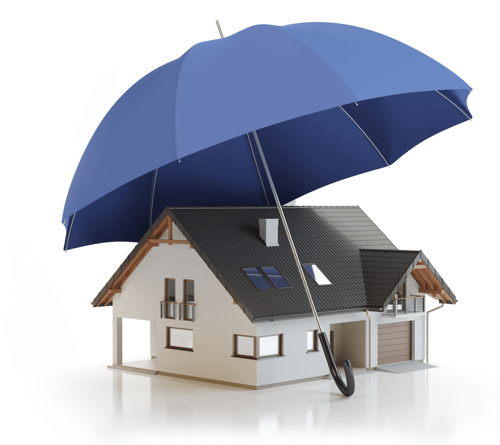Covering Your Castle: Essentials of Homeowners Insurance for Newbies
Welcome to the world of homeownership! As a newcomer, it’s vital to understand the basics of homeowners insurance. In this guide tailored for newbies, we’ll walk you through the essentials of homeowners insurance. You’ll learn what it covers, how to choose the right policy, and how to protect your new home effectively.
Decoding Homeowners Insurance
1. What Is Homeowners Insurance?
Homeowners insurance is a policy that provides financial protection for your home and personal belongings. It covers damages and losses caused by various perils, offering peace of mind for you and your investment.
2. Coverage Types
There are different types of homeowners insurance policies, with the most common being HO-3. Renters might opt for HO-4, and condo owners may select HO-6. Each type caters to specific living situations, so choose the one that best suits your needs.
3. Perils Covered
Homeowners insurance typically covers a range of perils, including fire, windstorm, hail, lightning, theft, vandalism, and more. It’s essential to understand which specific risks are covered in your policy.
Table 1: Types of Homeowners Insurance
| Type of Insurance | Description |
|---|---|
| HO-3 | Most common for homeowners, covering the structure and personal belongings. |
| HO-4 | Designed for renters, covering personal belongings and liability. |
| HO-6 | Tailored for condo owners, covering personal belongings and liability. |

Protecting Your Home: Components of Homeowners Insurance
4. Dwelling Coverage
Dwelling coverage safeguards your home’s structure, including walls, roof, floors, and built-in appliances. Ensure you have enough coverage to rebuild your home in case of a total loss.
5. Personal Property Coverage
This aspect covers your personal belongings, like furniture, electronics, and clothing. Create an inventory of your possessions to estimate their value for adequate coverage.
6. Additional Living Expenses (ALE)
ALE coverage helps when your home becomes uninhabitable due to a covered loss. It can cover expenses for temporary housing, food, and transportation.
Table 2: Components of Homeowners Insurance
| Coverage Component | Description |
|---|---|
| Dwelling Coverage | Protection for your home’s structure, including walls, roof, and built-in appliances. |
| Personal Property Coverage | Coverage for personal belongings, like furniture and electronics. |
| Additional Living Expenses (ALE) | Helps with expenses for temporary housing and living when your home is uninhabitable. |
Liability Protection: Safeguarding Your Assets
7. Liability Coverage
Liability coverage protects you if someone is injured on your property or if you accidentally damage someone else’s property. It covers legal fees and settlement costs, ensuring your financial assets remain secure.
8. Umbrella Policy
Consider an umbrella policy for additional liability coverage. It extends beyond your homeowners insurance, providing extra protection, especially if you have significant assets.
Understanding Deductibles and Premiums
9. Deductibles
A deductible is the amount you pay out of pocket when filing an insurance claim. A higher deductible can lower your premiums, but make sure it aligns with your financial ability to cover the deductible if a claim arises.
10. Premiums
Premiums are the regular payments you make for your insurance coverage. The cost depends on factors like your home’s location, coverage limits, and its age and condition. Carefully assess these factors to find an insurance policy within your budget.
Shopping for Homeowners Insurance
11. Comparison Shopping
Obtain quotes from different insurance companies to find the best coverage at the most competitive price. Comparing quotes helps you make an informed decision.
12. Bundle Your Policies
Consider bundling your homeowners insurance with other policies, such as auto insurance, to receive discounts and reduce overall insurance costs.
Maintaining Your Policy
13. Regular Updates
Review your policy annually and update it as needed, especially if you’ve made home improvements or acquired valuable items. This ensures your coverage stays aligned with your assets.
14. Documenting Valuables
Create and maintain an inventory of your personal belongings, complete with receipts and photographs. This inventory is invaluable when filing a claim, making the process more efficient and ensuring fair compensation.
Conclusion
Understanding homeowners insurance is vital for newcomers to homeownership. It provides protection for your home, personal belongings, and financial assets. Whether you’re a newbie embarking on homeownership or seeking to reassess your existing coverage, this guide equips you with the knowledge and understanding to make informed decisions about your homeowners insurance. With the right policy in place, you can enjoy your new home with peace of mind, knowing that you’re well-prepared for any unexpected events.



